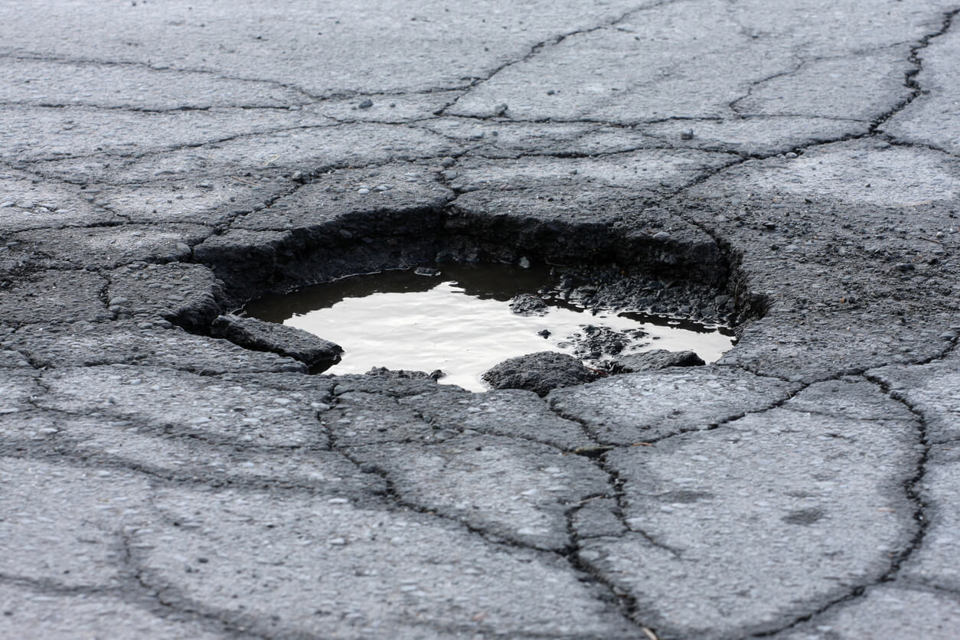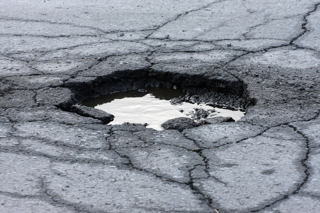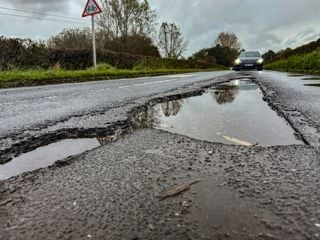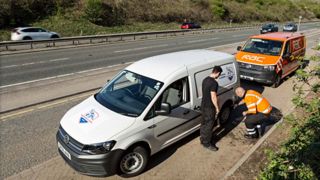On in four drivers have had their car damaged by a speedhump or pothole, according to new research by Insurethegap.com.
In urban areas the damage rate was even higher, with one in three of those surveyed stating that their car had suffered damage.
Ben Wooltorton, COO at InsuretheGap.com, said, “Damage to cars caused by speedhumps and potholes, in particular, is becoming a big problem as councils struggle with the cost of repairing them. This cold snap will see more potholes and, as we can see from the research, repairs can run into hundreds of pounds. It really is worth avoiding them if possible, and going a different way if the road is particularly bad.”
More than a quarter (26%) said the average cost of repairing the damage ranged from £51 to £100. A third (35%) paid between £101 and £250 to rectify damage and 8% said it cost more than £250.
Two fifths (39%) of affected drivers complained to the council about the potholes or speedhumps and more than half of them (55%) said their compliant was ignored, but 39% said action was taken as a result. One in ten (10%) went so far as to send their bill to the council.
A fifth (21%) said they had considered complaining “but didn’t see the point as nothing would change”, and 12% complained to Highways England/Transport Scotland/Traffic Wales or the Northern Ireland Department for Infrastructure.
Instead of complaining, one in six (17%) now take a longer route to avoid potholes.
In 2017 – 2019, more than 905,000 potholes were reported on UK roads according to Confused.com.
The Transport Select Committee’s latest report, Local roads funding and maintenance: filling the gap, addresses ‘the extreme state of disrepair of the English local road network’. It identifies a drop in local government revenue funding of around 25% since 2010, resulting in funds for local roads no longer being ring-fenced. As a result ‘cash-strapped authorities have diverted their highways and transport budgets to fund core services’.
The findings state that a deteriorating local road network undermines local economic performance, results in direct costs to taxpayers, damages vehicles and causes injuries to passengers, ‘particularly those with existing medical conditions’.





















Login to comment
Comments
No comments have been made yet.